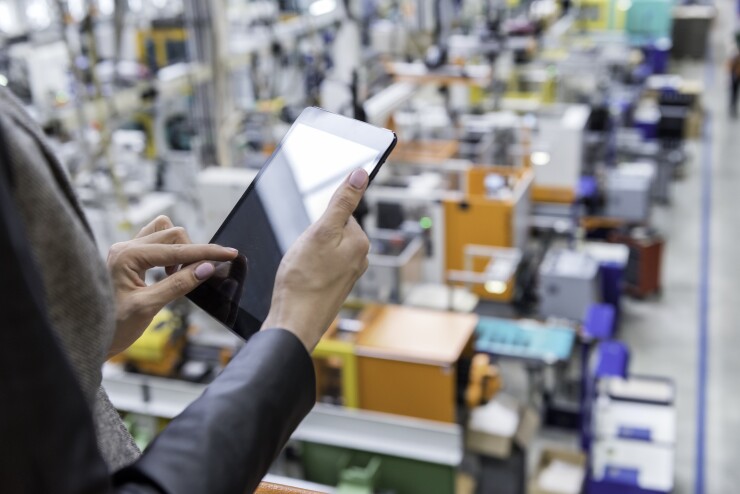Imagine employees working more creatively and strategically alongside a legion of robots that do all the grunt work humans would rather avoid. Aluminum or steel co-workers programmed to be as quirky and fun as R2-D2 in the Star Wars movies. Without fear of massive job loss to machines that never complain — or reason to believe an existential threat from AI-driven entities is imminent.
This benevolent vision comes courtesy of Los Gatos, Calif.-based entrepreneur and futurist Kelley Steven-Waiss, chief human resources officer of Here Technologies, a location-intelligence firm, and founder of cloud-based SaaS talent mobility solution Hitch. She foresees a growing and helpful spot for robots in the workplace with their own personalities. But it comes with a few caveats.
“From an HR standpoint, we’re going to have to create an environment where both can coexist,” she says. “The conversation to date has been to fear robots in the workplace because they’re taking away jobs. I think we need to flip it to that robots will be doing work that is less creative and human, and that our humanness actually becomes more unique.”
In her forthcoming book, “The Inside Gig,” which will be published by LifeTree Media on April 7, Steven-Waiss implores her peers to reimagine and re-skill internal workforces considering how artificial intelligence is eliminating jobs faster than available talent can learn new skills.
The former journalist also provides a roadmap for navigating this new treacherous terrain, including tips on how to create an agile organization and bust functional silos. Her book turns the gig economy narrative on its head with a bold message about optimizing talent on the inside, and in the process, adapting to an ever-changing business world.
Operating in 55 countries with nearly 10,000 employees, Here Technologies was spun off from Nokia in late 2015. The company transformed itself from mapping and navigation software primarily for luxury automotive vehicles toward favoring the use of a data strategy and location intelligence to help run autonomous entities.
Steven-Waiss whiteboarded the idea for Hitch, which rolled out in 2017 and saved the company $14 million in the first year, when she was CHRO at another company, hoping to develop a technology platform that would enable dynamic learning on the job. The product has since been commercialized with a workforce of 25 people expected to more than double in 2020.
Another motivation for Hitch was to encourage internal talent mobility amid a widening exodus to the gig economy “because people were getting stuck in jobs, and they weren’t getting this experience that could move them around in a company in a more dynamic fashion,” she adds. There’s also an upside to companies encouraging more learning and work choices in a more transparent workplace in the form of improved productivity and employee engagement, she strongly believes.
Emergence of the “sharing economy” will tear down the walls down of traditional organizations, according to Steven-Waiss. If BMW is a shareholder of Here Technologies, for example, she envisions the possibility of opening up talent sharing between the two companies, which would have been unheard of 20 years ago.
Consequently, she believes employee benefits need to be more mobile and harking back to cafeteria-style menus. “What I see is the benefits belong to you, and you take them with you wherever you go,” she surmises. “And so, I think the traditional way we have set up our benefits is going to change over time.”






